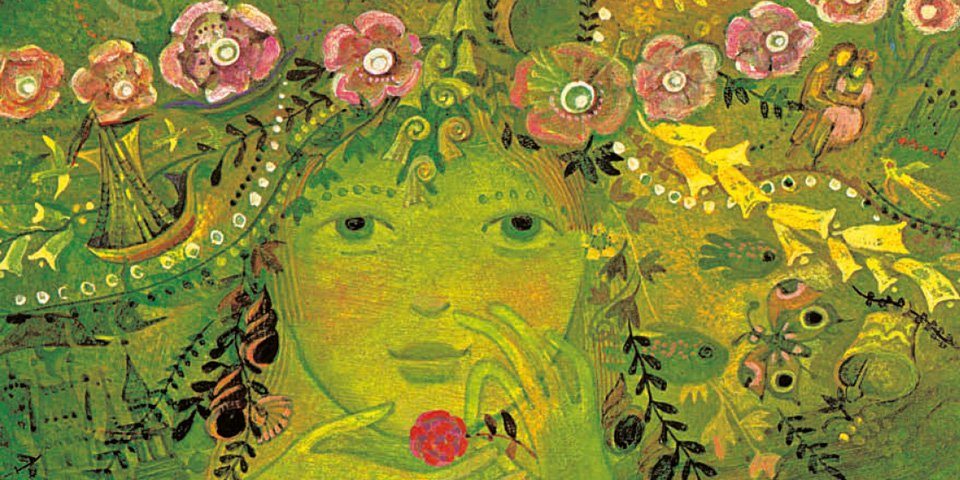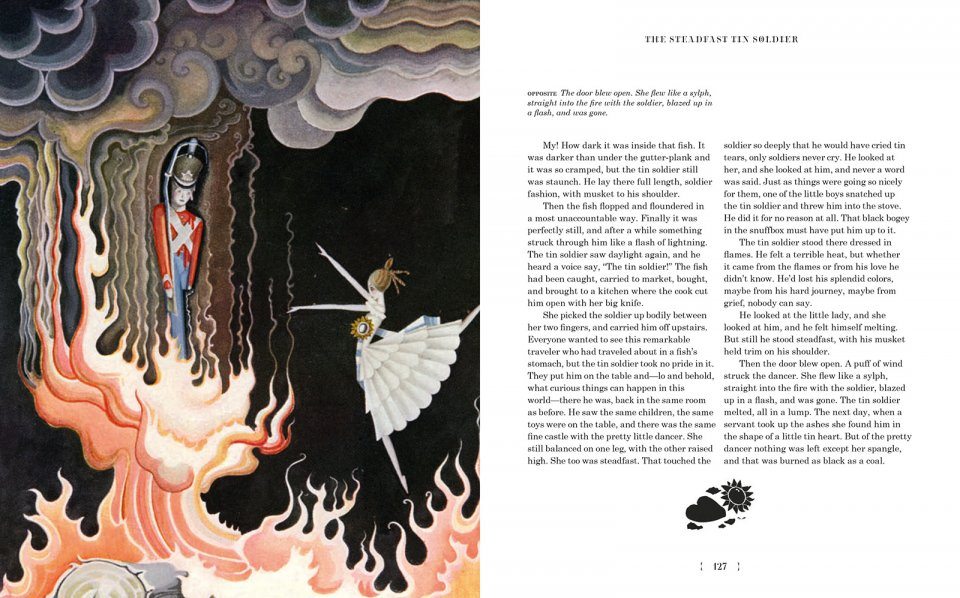
When I unwrapped the books, my wife exclaimed, “I love that smell.” Forget that new car smell. For a geek, it’s that new book smell that sends our olfactory senses soaring. The books I received were from the publisher Taschen, and they were both new and old: new versions of classic books. Three of the books were replicas of original books printed in the 16th and 19th centuries, while the fourth was a collection of 19th century stories with period illustrations. All four books are glorious to hold and read.
But printed books? Aren’t they dying?
There has been a lot of talk about the demise of the printed word over the last few decades, as digital text overwhelms it. There are distinct and inherent advantages to digital books that printed books can never compete with. I have no doubt that digital devices will replace many printed books in the next few years. This will be especially true of the mass-produced books that are currently bought, mostly to be quickly read and eventually thrown away or sold. But there are some intrinsic advantages to printed books that no screen can reproduce. For books worth keeping and enjoying over time, it is those books that will endure, and likely thrive to be enjoyed at a more sensual level.
Taschen prints just those types of book. Books that you want to hold and turn the pages. Pull out and read a few pages, share them with your family, or read to your children. Let me share a few that you may want to consider as we enter the 2013 gift giving season.
For the Kids: The Fairy Tales of Hans Christian Andersen
I love reading my kids a good fairy story, but the modern interpretations have often been watered down and feel a little hollow. I try to seek out the original stories wherever possible. Following on from the success of their book The Fairy Tales of the Brothers Grimm a few years ago, Taschen has collected the short stories of Hans Christian Anderson into a single sumptuously illustrated hardcover and clothbound 320 page volume, measuring 8.1 x 10.1 in.
Hans Christian Andersen rose from poverty in the early 19th century to become one of Denmark’s most important and influential writers. He created dozens of stories that children still know and love today, and a few that have been adapted into movies, including the movie arguably responsible for Disney’s comeback, The Little Mermaid.
This book presents some of his most famous—as well as a few of his lesser known tales—in a newly edited version of the 1942 translation by Jean Hersholt. The editor and designer carefully choose illustrations, and included a variety of styles from different periods. They included work by artist such as Kay Nielsen, Arthur Rackham, Tom Seidmann-Freud (niece of Sigmund Freud), and Maurice Sendak. What I particularly appreciate is that the artists also warrant their own biographies in the back of the back, showing children that this art doesn’t just happen but that real people (like them) create it.
The Fairy Tales of Hans Christian Andersen by Hans Christian Anderson
$39.99
For the Maker: The Woodbook—The American Woods
It may seem strange to be recommending a book of wood samples as a great geek book, but you have to see this book to believe it. The brief but enlightening introduction (in English, German, and French) helps the reader understand the unique nature and pedigree of this volume. It began with actual wood samples, cut and bound by Romeyn Beck Hough between 1888 to 1913 and comprising 14 volumes.
The Taschen hardcover edition of the book does not include the actual tree samples, but does have high quality photographs of all of the wood samples—categorized alphabetically by family—taken from a rare original copy. The first page details the wood’s description, habitat, type of wood, and use. The second page then includes the photographs of the transverse, radial, and tangential grains of 370 types of American wood.
For anyone interested in woodworking or just beautiful textures, this book will be an eye-popping experience. The wood grains are amazingly beautiful, and I never realized the variety even amongst trees in the same basic family.
The Woodbook by Romeyn Beck Hough
$29.99
For the Mathematician or Designer: The First Six Books of The Elements of Euclid
“The arts and sciences have become so extensive, that to facilitate their acquirement is of as much importance as to extend their boundaries. Illustration, if it does not shorten the time of study, will at least make it more agreeable.” That is from the introduction to Oliver Byrnes’ 19th century The First Six Books of The Elements of Euclid, also known as The Six Books of Euclid.
The book is printed in four colors (black, red, blue, and yellow) which was a bit of a marvel for the time. Using color allowed Byrne to visually explain complex mathematical concepts in an intuitive fashion unheard of at the time. The volume includes the roughly 280 pages of the original book—reproduced as originally printed—and then an excellent essay in the back by historian Werner Oechslin.
For anyone interested in information graphics (which should be everyone) The Six Books of Euclid provides a substantial foundation for all of your skills. The book starts with first concepts (I. A point is that which has no parts) with corresponding colorful geometric illustrations, with text in easy to read Caslon italic, using a four-line initial caps. The overall effect is something like an illuminated manuscript as created by the artist Mondrian.
Six Books of Euclid by Oliver Byrnes
$39.99
For the Historian: The Book of Miracles
The Book of Miracles is a recently discovered and nearly complete 170 page manuscript from the Renaissance with large illustrations in gouache and watercolor. The illustrations show inexplicable celestial occurrences and disasters known of at the time, pulled from the Old and New Testaments, and from ancient traditions and legends.
As an apocalyptic outlook from the 16th century, this book is fascinating to flip through, presenting hauntingly colorful illustrations. As a historical document, it is a simple beautiful to study especially given the meticulous detail Taschen has taken to preserve every crease and crack from the original manuscript.
The book is also amazingly prescient with some of the current doom-sayers of today, even including the end of the world as thought to be described in the Book of Revelations.
The Book of Miracles by Till-Holger Borchert and Joshua P. Waterman
$150




